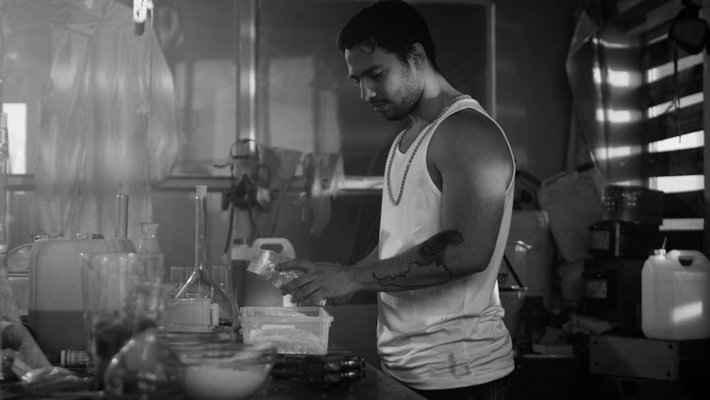The Dangers Of Living Near Meth Labs

Unlike many common street drugs such as marijuana, cocaine, and heroin—which are all derived from naturally occurring substances found in plants—methamphetamine is a synthetic drug which is the result of a complicated and highly dangerous chemical manufacturing process. Methamphetamine is produced by some pharmaceutical drug makers since it is approved for limited medical use with a doctor’s prescription, but the majority of the drug which ends up on the streets as crystal meth, speed, crank or simply meth, has been manufactured in clandestine drug labs. Many of these are located in Mexico near the border with the United States, where the drug is synthesized before being smuggled into this country.
Tens or even hundreds of thousands of them, however, are situated right under our noses in apartments and houses in communities across America. They are not only in inner-city neighborhoods or in rural areas but have been discovered in otherwise normal, middle-class neighborhoods and even in some highly affluent areas where the houses were valued at close to $1 million. These clandestine meth labs pose a serious public health risk, not only because they provide a local supply of drugs that do not have to be trafficked across the Mexican border, but also due to the fact that the chemicals used in the production of methamphetamine are highly dangerous to human health and may even cause explosions and house fires.
The primary ingredient in methamphetamine is pseudoephedrine, which is also the active ingredient in Sudafed and many other common over-the-counter nasal decongestants. Meth also requires a number of different other chemicals, many of which are highly volatile and toxic and which are liable to cause a fire or an explosion when handled improperly. People who live in the vicinity of meth labs are at risk of serious injury or death in the event of an accident. Unfortunately, meth labs often go undetected until the day when a crew of firefighters is called to the scene of an explosion or a blaze which may have claimed the lives of innocent people.
In addition to the risks of being injured in such a dramatic fashion, there is also the danger posed by the environmental contamination associated with the production of methamphetamine. The process of “cooking” meth causes pervasive pollution of the immediate environment, including the carpet, the walls, the furniture, curtains, air ducts and even the air itself. This contamination can spread outside of the home and into adjacent apartments or even into neighboring houses. To get an idea of just how dangerous these chemicals are, consider the fact that law enforcement and public health officials who enter meth labs will typically only do so with the protection of gloves, goggles, respirators and hazmat suits since they treat the lab as a hazardous waste site. Many of the homes which are discovered to serve as the location for meth labs end up on the Drug Enforcement Administration’s National Clandestine Laboratory Register, but it is estimated that as many as 90 percent of labs are never detected.
Health Effects Of Living Near Meth Production
Common symptoms of toxic exposure to the chemicals involved in methamphetamine production include headaches, nausea, fatigue, lethargy, and dizziness. More acute exposures can result in similar symptoms, as well as difficulty breathing, chest pain and cough, loss of physical coordination, and irritation and chemical burns on the skin, eyes, nose, and mouth. Exposure can even be lethal. There is also a long-term risk of cancer, liver, brain and kidney damage, miscarriage and birth defects. If you suspect that you may be living near an active meth lab—or just as bad, in a former lab—it is of the greatest importance that you contact the authorities and seek an expert evaluation of the environment to confirm or dispel your suspicions.
The health and safety of yourself and your family could depend on you taking action now.
Source:


 ®
®